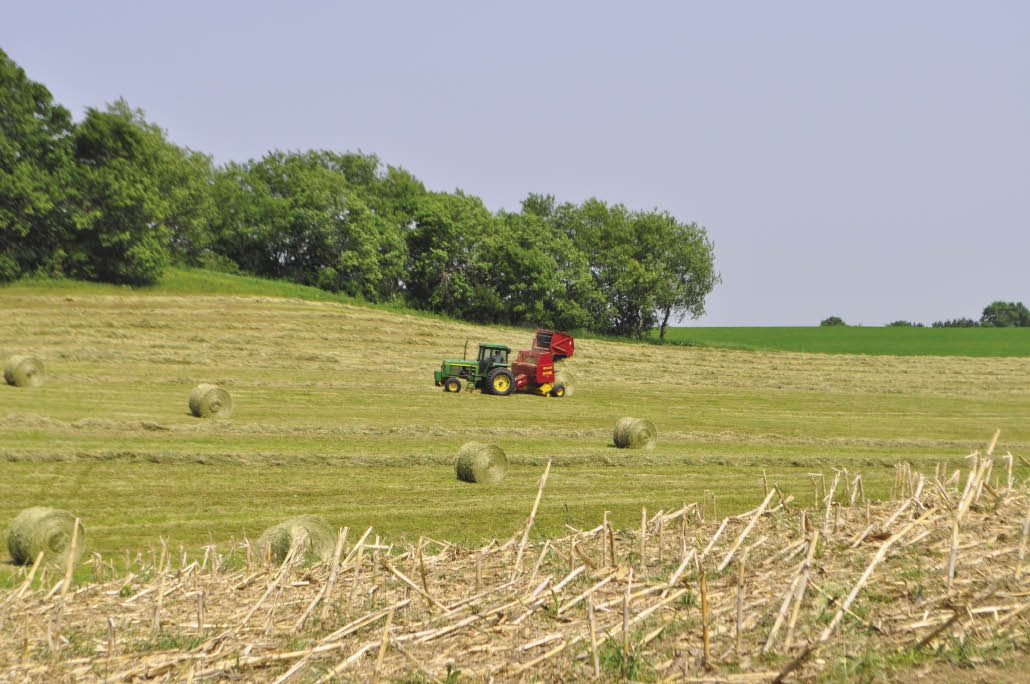Tom and Barbara Parsons of Animal Acres Llamas in Dousman, Wis., and Dr. Kristy Brown of The Brownderosa llama farm of Sparta, Wis., say they prefer to raise their own hay for several reasons. But neither would consider owning a baler.
RhinoAG Production Tour to Mark 90 years
Lessiter Media editors visited RhinoAG in Gibson City, IL to get a behind-the-scenes glimpse at the production processes and attention to detail that have contributed to their longevity as they celebrate their 90th anniversary in 2024.






Post a comment
Report Abusive Comment